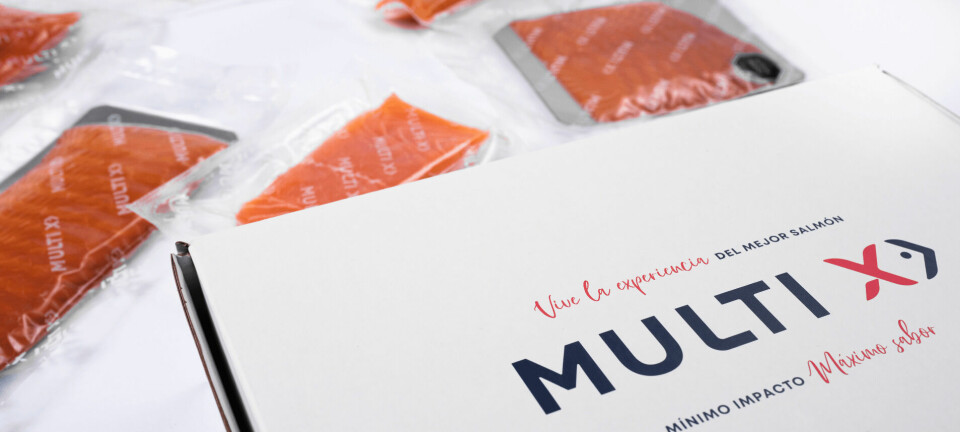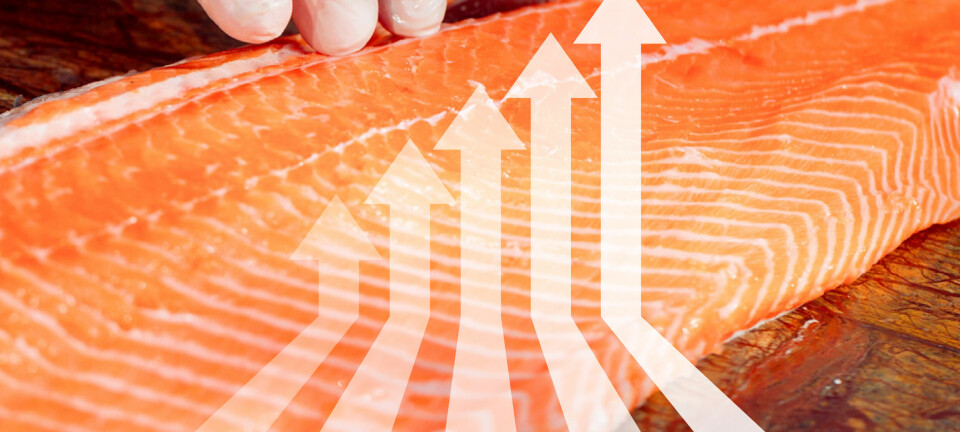Food labels misleading over omega 3 content
Laboratory tests showed that the level of the fatty acids in some products ranged from 1,000% more to 98% less than the amount stated on the pack, according to Which? magazine. Some firms are cashing in on the trend for eating omega 3-rich food by making confusing claims about the nutrient, Which? said. An online poll of 2,405 Which? panel members found 45% of respondents were more likely to buy a product that claimed to be high in omega 3 than an equivalent product without it. But product labels rarely say whether the contents contain plant-based or oily fish-derived omega 3 - or explain the differences between the two, Which? found. The magazine's editor, Neil Fowler, said: "A good many food manufacturers are riding the money-making omega 3 wave by adding it to all sorts of foods and failing to mention that it may not be the right sort of omega 3 - or enough of it - to be as beneficial as eating oily fish." Researchers picked 34 products from major supermarkets in July and August that were being promoted on the front of packs as containing or being high in omega 3. The products were then analysed.























































